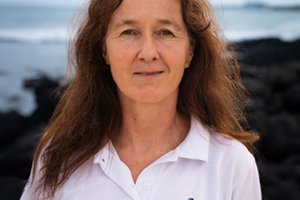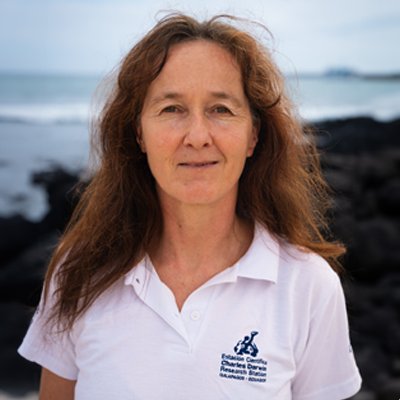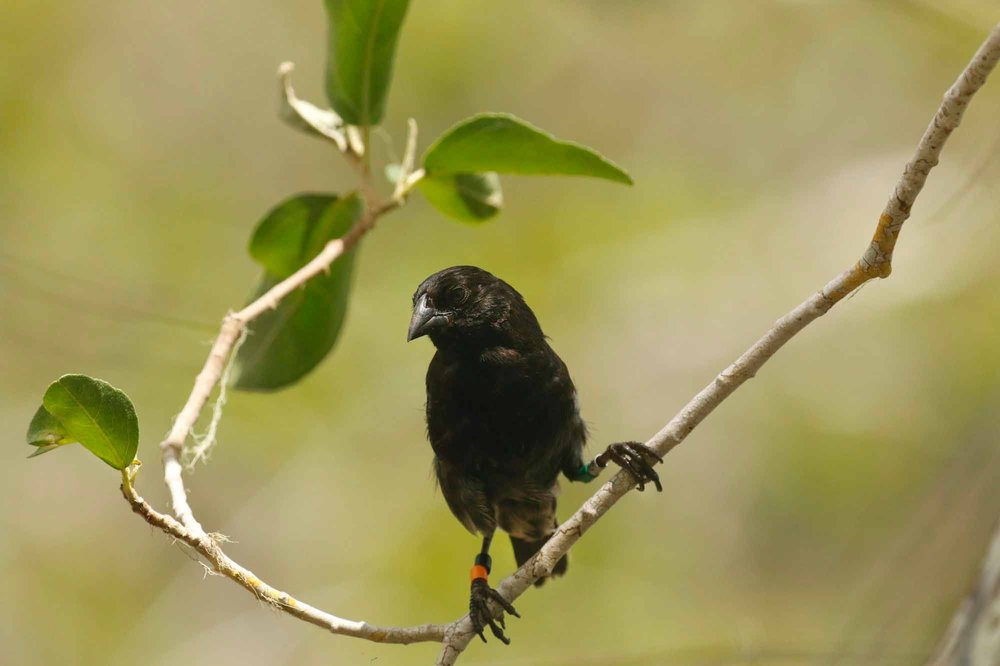
Scientific knowledge about Galapagos land birds is imperative for their survival.
How many land birds are there in Galapagos and where are they found? In which ways does the parasitic Philornis downsi fly affect the archipelago’s bird populations and what can we do to save them? Twenty years after my arrival in 1995, these questions continue to motivate me. Clearly, if we don’t know how many birds there are, and at what rate we’re losing them, we won’t be able to conserve Galapagos land birds.
When I first arrived, it soon became apparent that surprisingly little was known about how many birds were found on each island. Despite extensive studies on the breeding biology and evolution of Darwin’s finches and other birds, no one had actually counted the birds! Unfortunately, as we attempt to determine their population size we are losing the birds at an alarming rate due to parasitism of an invasive fly.
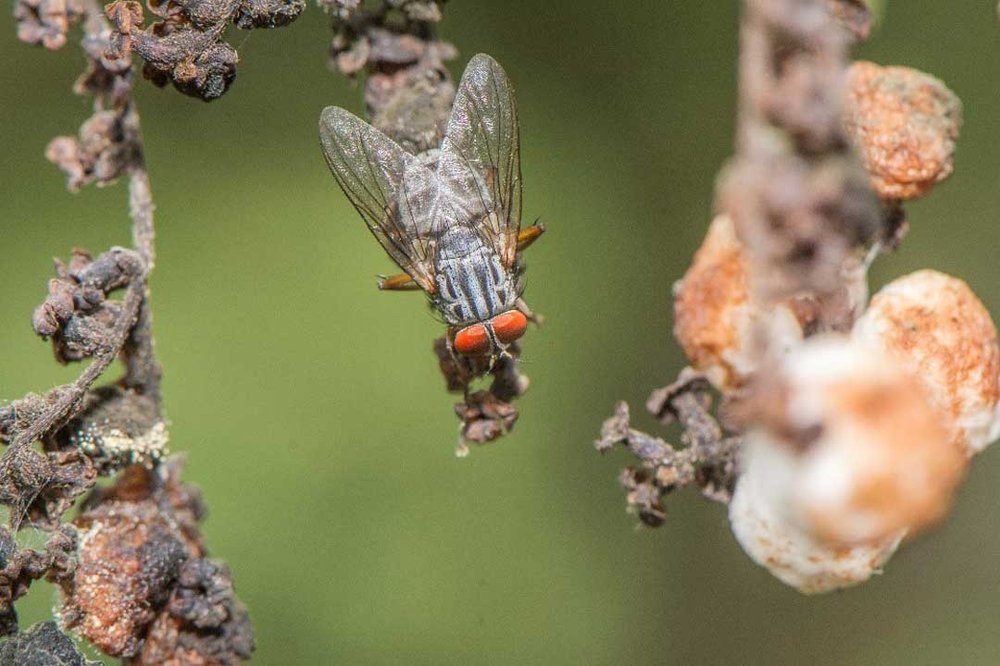
In the 1960s, a parasitic fly species, Philornis downsi, was accidentally introduced to Galapagos and, without anyone noticing, it became established. Although it looks like an innocent common fly, this species has blood-sucking larvae that parasitize small land birds, and is affecting 18 native or endemic species in Galapagos. One of the priorities of the Galapagos Landbird Conservation Program, a bi-institutional program with the Galapagos National Park Directorate, is to find a method to protect birds from these deadly parasites.
It is a battle against time to find control methods for the fly, while also learning how many birds are out there. We use the “point count method” for estimating the density of birds, which involves recording all singing birds that you hear in a 5-minute interval and estimating their distance from the listener. In order to do this, we had to learn the different song types and dialects of Galapagos birds. However, even after learning them, identifications are still challenging, especially when birds are far away, or when a bird song varies according to the island it is on. Whenever we go to the field, we spend our first day testing our bird identification skills!

Now, for the first time, we have baseline data for all passerine species and most other landbirds from San Cristóbal, Floreana, Santa Cruz, the highlands of Santiago, and Sierra Negra volcano on Isabela, as well as some of the smaller islands. Our goal over the next few years is to carry out surveys in the remaining islands of the archipelago.
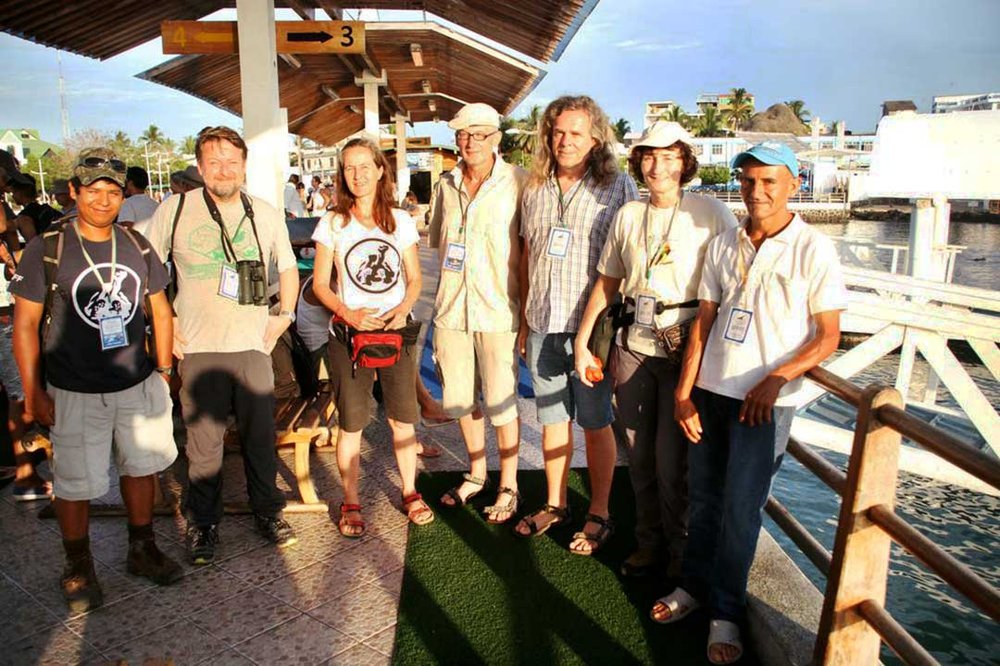
Scientific research that we conduct has led the IUCN to upgrade the threat status for three bird species of Santa Cruz Island. It is also essential for determining the rate at which bird populations decline and what can be done to prevent population decline. This is one of the many scientific research projects conducted by the Charles Darwin Foundation, and is completely dependent on the generosity of our supporters. Please donate today to save the birds.





